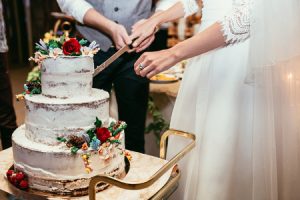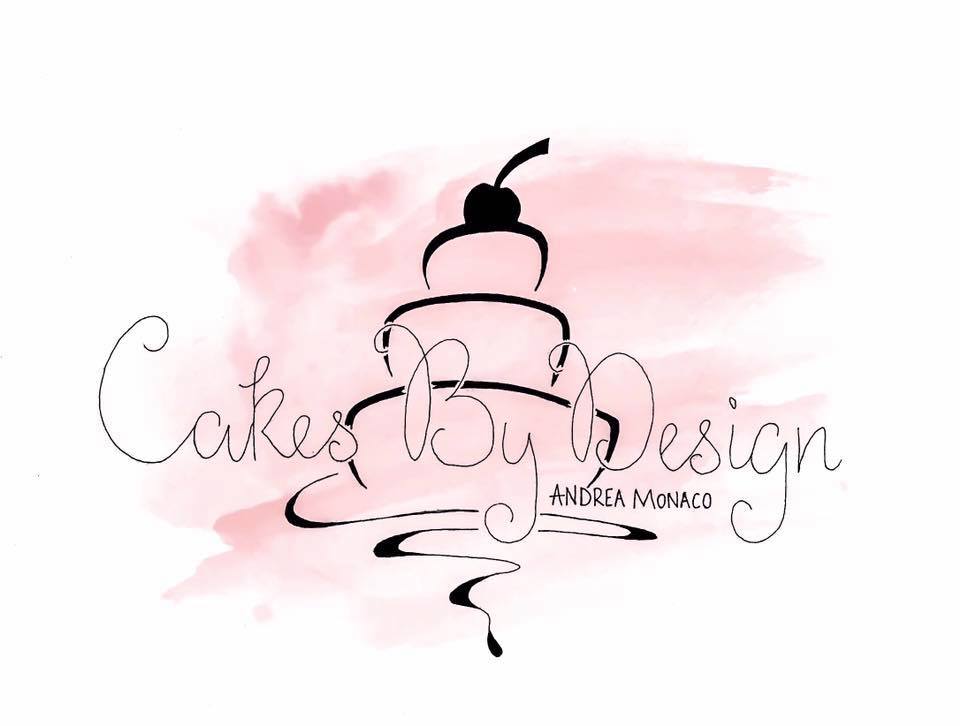
Learn the origins behind these sweet marital traditions.
A gorgeous wedding cake is often the centrepiece of a wedding and it typically sits in a place of honour at the reception. This carefully planned confection is a longstanding tradition dating back to Roman and Medieval times.
Back then, a stack of buns was used instead of a multi-level culinary masterpiece, but the symbolism was generally the same. Over the centuries there have been many traditions created surrounding the cake and it still remains an important aspect of any wedding.
It’s important to take the time to plan a cake that reflects the couple and keep in mind all the various customs created around wedding cakes.
Cutting the Cake
Along with the first dance and bouquet toss, this charming tradition is one of those photo opportunities that graces every wedding album. The cake cutting represents the first activity done as a couple, although historically the bride did this act alone to symbolize the loss of her virginity.
Cake cutting became a more complicated process as cakes became multi-tiered and the number of guests reached the hundreds. These days, the bride requires the groom’s assistance and usually they do not cut the entire cake up, but instead leave that duty to the caterer.
Bride and Groom Feeding Each Other Cake
The second act of the traditional cake cutting ceremony is when the bride and groom feed each other a small bite of cake. This can be very romantic and sweet, symbolizing a commitment to provide for one another and a show of love and affection.
Unfortunately, this custom has evolved in some cases to the groom or bride grinding the cake into his or her partner’s face. Unless each person agrees beforehand to participate in this type of show, it is best to stick with a simple feeding.
The Groom’s Cake
Early American weddings had groom’s cakes and southern states in the U.S. continue to perpetuate this wedding tradition.
Many modern weddings have resurrected the tradition of this cake to showcase the groom’s hobbies, individual taste, and even their favourite sports teams.
Groom’s cakes are usually chocolate to contrast the actual wedding cake, although any flavour is acceptable.
Saving the Top Tier
Most couples cannot resist saving the top tier of their wedding cake to eat on their first anniversary or a christening ceremony. In the past, christenings were often within a year of the wedding so this made perfect sense. Now, most couples are more likely to create a small cake eating ceremony around their first anniversary. Sharing this small cake is a charming reminder of a special day.
A well-wrapped cake can easily survive a year in the deep freezer without too much damage, as long as the cake has no mousse layers or delicate fresh fruit fillings.
Sleeping With Piece of Cake Under the Pillow
It is thought that a person sleeping with a piece of wedding cake under her pillow will dream of her future partner that night. This custom dates back almost 300 years and is often practically combined with wedding favours being tiny, perfect replicas of the wedding cake.
Cakes in modern times are sometimes not as firm as the traditional fruitcake used in the past, so having it under a pillow could get messy!
A favour in a box is a much neater solution.
Wedding Cake Charms
The custom of baking charms into wedding cakes is a longstanding one which has fallen into disuse. It is an absolutely delightful tradition to try as long as you warn the guests to be careful and remove their charm before eating the cake!
A more practical variation is pushing the charms into a baked cake with a ribbon attached so the guest can simply pull the charm out.
There are several charms that are used traditionally and each has a specific meaning:
Heart: true love
Ring: upcoming engagement
Wishing Well; wishes coming true
Highchair: children
Clover or Horseshoe: good luck
Rocking Chair: long life
Anchor: adventure
Flower: new love
Purse: good fortune
Wedding bells: marriage
The White Wedding Cake
White icing was also a symbol of money and social importance in Victorian times, so a white cake was highly desired.
The fine white sugar needed to create white icing was extremely expensive and the lighter the cake, the more wealthy the family would appear to their guests.
The white of the cake was simply a representation of the bride as the main focal point of the wedding. Many brides today mimic this continuity by creating cakes in the same hue as their dress or bouquet.
Wedding cakes can be any colour, but most people still feel the base colour beyond the decorations should be white. White is, of course, the colour of purity and traditionally this cake was referred to as the “bride’s cake.”
Article written By Michelle Anderson
Source: https://www.thespruce.com/wedding-cake-traditions-486933
Regards, Andrea.
